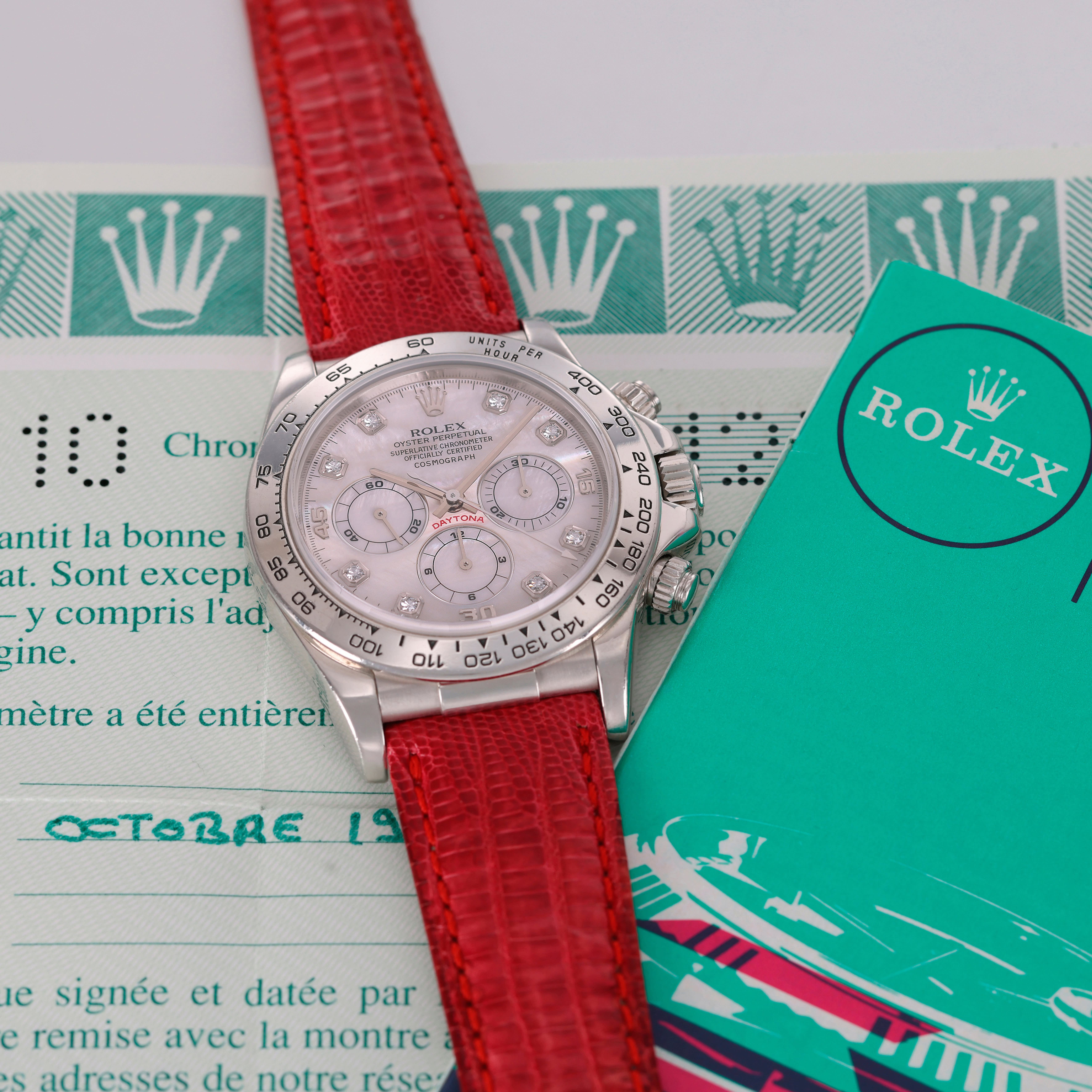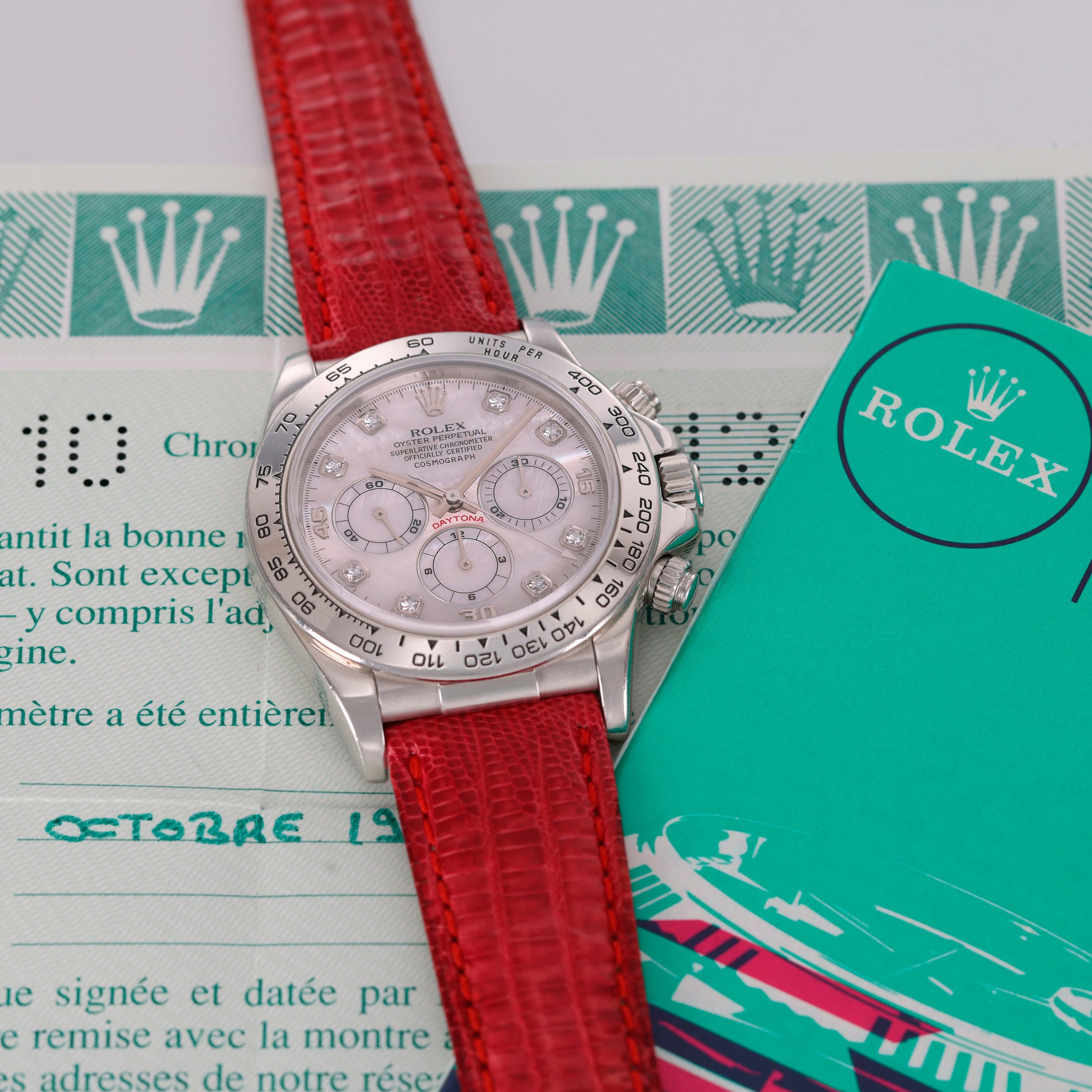
The Million-Dollar Ticking Mysteries: How Luxury Watches Became the Ultimate Flex
Dude, let’s talk about the ultimate flex: dropping millions on something that *literally* just tells time. Welcome to the wild world of luxury watch auctions, where craftsmanship meets absurdity, and rarity is code for “I win capitalism.” Seriously, these aren’t just watches—they’re tiny mechanical conspiracies strapped to wrists, whispering, *”You could’ve bought a house, but now you own bragging rights.”*
—
The First Million-Dollar Watch: Patek Philippe’s Flex Heard ‘Round the World
Picture this: 1996, a platinum Patek Philippe Calatrava with more complications than a soap opera hits the auction block. Nine years in development, delivered in 1939, and suddenly it’s the first wristwatch to crack the $1 million mark ($1.7M, to be exact—$3.2M today). Why? Because it’s a *minute repeater* (fancy for “it chimes the time like a tiny grandfather clock”) with a *perpetual calendar* (translation: “it knows leap years exist, unlike your ex”). This sale wasn’t just a transaction; it was the moment watches went from “rich person accessory” to “alternative asset class.”
Fun fact: Patek’s slogan is *”You never actually own a Patek Philippe. You merely look after it for the next generation.”* Translation: *”Enjoy your debt, kiddo.”*
—
**Rolex Daytona: When Platinum and Diamonds Make a Watch *Extra***
Enter the Rolex Daytona—the watch equivalent of a rare Pokémon card. But not just any Daytona: a *platinum* one from 1999, with a mother-of-pearl dial and diamond hour markers. Rolex barely used platinum for Daytonas, so this thing is one of four. Estimated auction price? $1.7 million.
Here’s the kicker: it’s a *private commission*. That’s code for “someone had ‘screw it’ money and asked Rolex to make them a shiny unicorn.” Collectors lose their minds over this stuff because exclusivity = value, and value = *”I need to impress people who also own yachts.”*
Pro tip: If you see someone wearing this, they either own a hedge fund or *stole* from a hedge fund.
—
Deep Sea Special: Rolex’s Sci-Fi Prototype for Aquaman
Now, let’s dive *deep*—like, 35,000-feet-deep—with the Rolex Deep Sea Special. Only 35 exist, and they’re basically wearable submarines. Rolex made these to prove they could survive the Mariana Trench (because apparently, *regular* diving watches weren’t extra enough).
Auction estimate? $2.6 million. For that price, it better come with a personal submarine. But here’s the irony: no one wearing this is actually diving. It’s a flex about *theoretical* survival, like buying a fireproof safe just to store your ego.
—
Paul Newman’s Daytona: The Celebrity Halo Effect
Then there’s the *Paul Newman Daytona*—the watch that turned into a legend because a Hollywood icon wore it. The Ref. 6263 “Oyster Sotto” version? Auction houses predict $1.73M–$3.47M. Why? Because Paul Newman’s coolness rubbed off on it, and now it’s the horological equivalent of a Beatles record.
This watch proves a universal truth: *celebrity endorsement = instant markup*. If Kardashians start wearing Casios, those things will suddenly be “vintage minimalist masterpieces.”
—
The Auction Circus: Where Logic Goes to Die
So why do these auctions keep breaking records? Simple: scarcity theater. Brands like Patek and Rolex *intentionally* limit supply (looking at you, Nvidia graphics cards), turning watches into *emotional* purchases. It’s not about telling time—it’s about telling the world, *”I have a seat at the grown-ups’ table.”*
But here’s the twist, friends: the real winners aren’t the buyers. It’s the auction houses, laughing all the way to the bank while two billionaires fight over a wristwatch that *doesn’t even have a touchscreen*.
So next time you check your phone for the time, remember: somewhere, a guy just paid $3 million to do the same thing *with less functionality*. And that, my friends, is the magic of luxury marketing.

